- 20
- 12月
compressed block machine
compressed block machine come in all shapes and sizes, some are Low pressure type and some are mobile. They work by mixing cement, water and aggregates such as Rebar or gravel, and then molding the resulting mixture into blocks. The blocks are then cured and dried before being used.
One of the main advantages of using a block machine is the speed and efficiency with which it produces blocks. By using modern technology, these machines are capable of producing hundreds of blocks per hour, significantly reducing the time and labor required by traditional block manufacturing methods.
Block Machine Technical Parameters:
1. Production capacity: up to 10378 blocks per hour
2. Mold configuration: customizable for different block types and sizes
3. Control panel: user-friendly interface for block thickness and density adjustments
4. Hydraulic system: ensures consistent and stable pressure
5. Service life: at least 10 years
6. Energy efficiency: minimal power consumption
7. Installation and training: turnkey package provided by our experts
The compressed block machine comes in various models and configurations. Some popular models include the QMJ4-35A, QT4-15, and QT6-15. These machines are designed for different production capacities and can produce a range of concrete blocks such as hollow blocks, solid blocks, and paving blocks.
The QMJ4-35A is a manual model with a production capacity of 2035-3000 blocks per day. It has a power of 9.7 kW and can produce blocks in various sizes with a maximum length of 390mm. The QT4-15 is a semi-automatic model with a production capacity of 4000-6152 blocks per day. It is equipped with a 21.5 kW power and can produce blocks in different sizes up to 390mm in length. The QT6-15 is a fully automatic model with a production capacity of 8108-10000 blocks per day. It has a power of 27.5 kW and can produce blocks in various sizes up to 480mm in length.
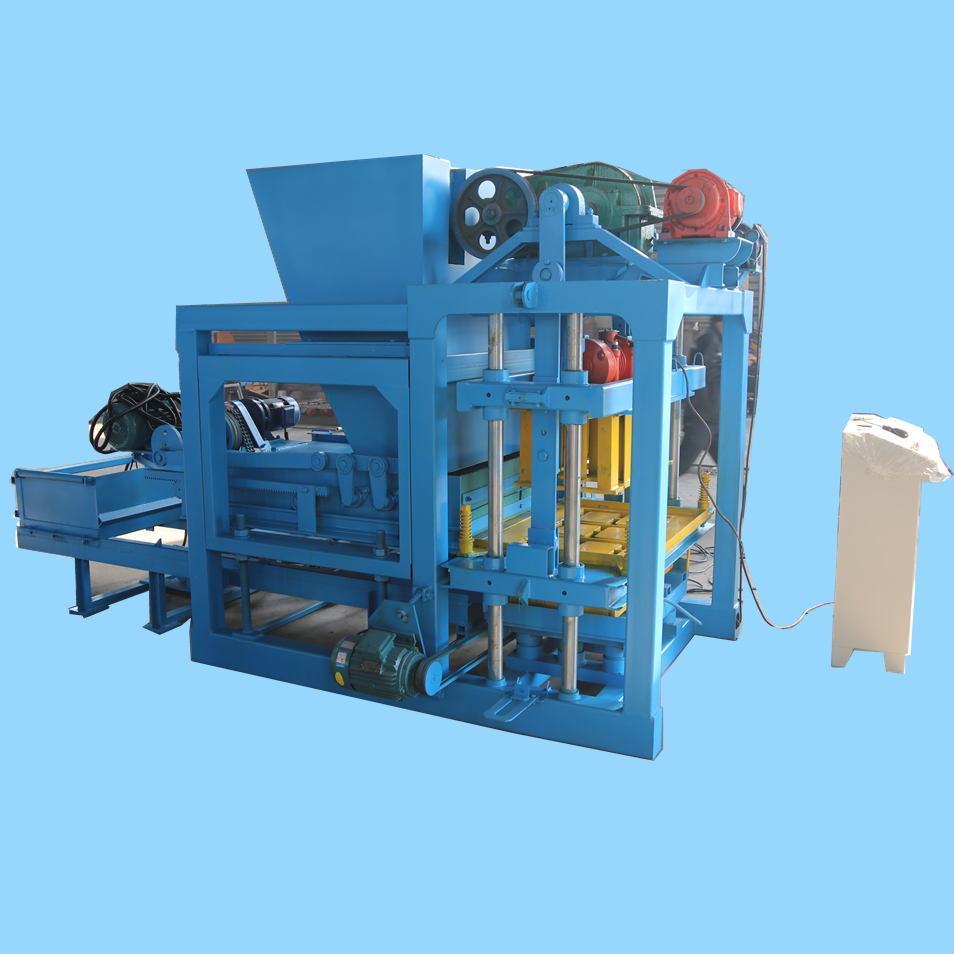
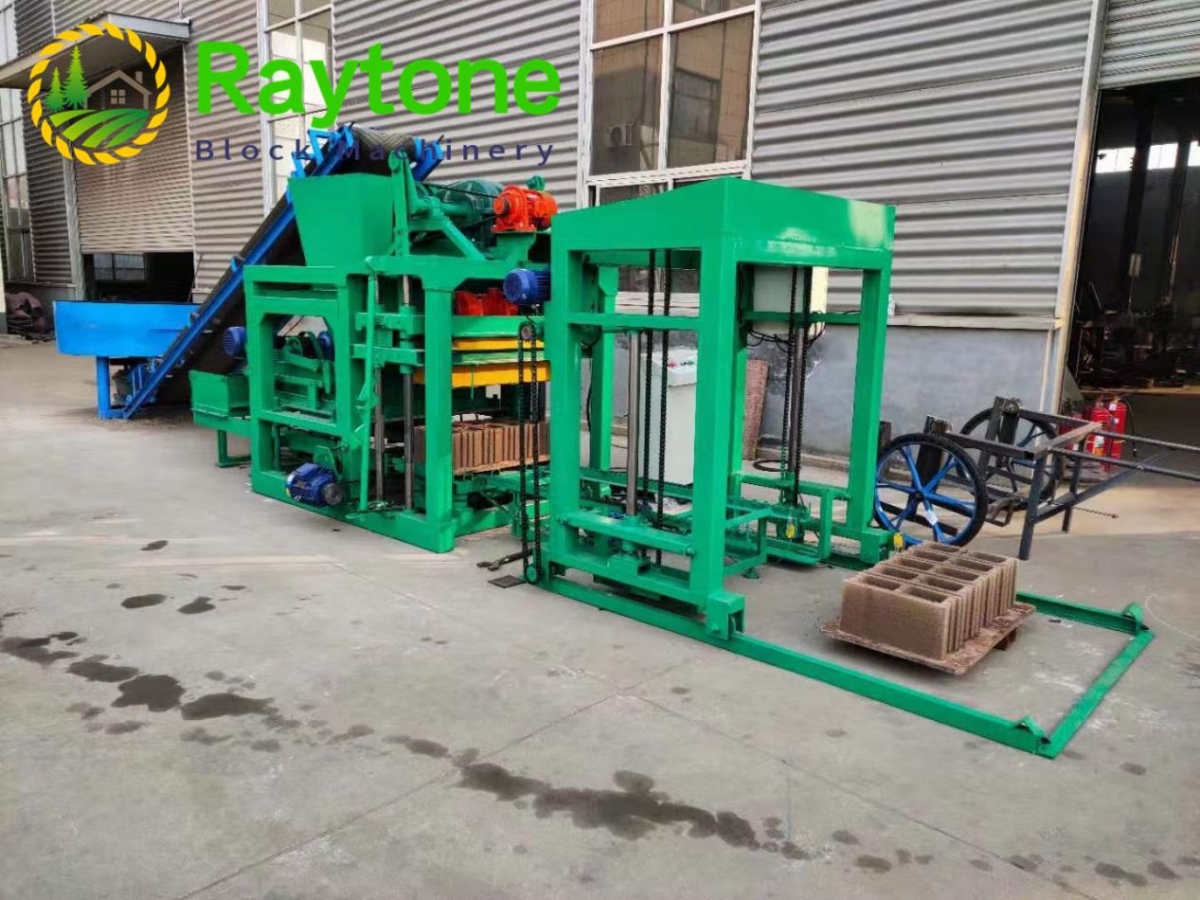
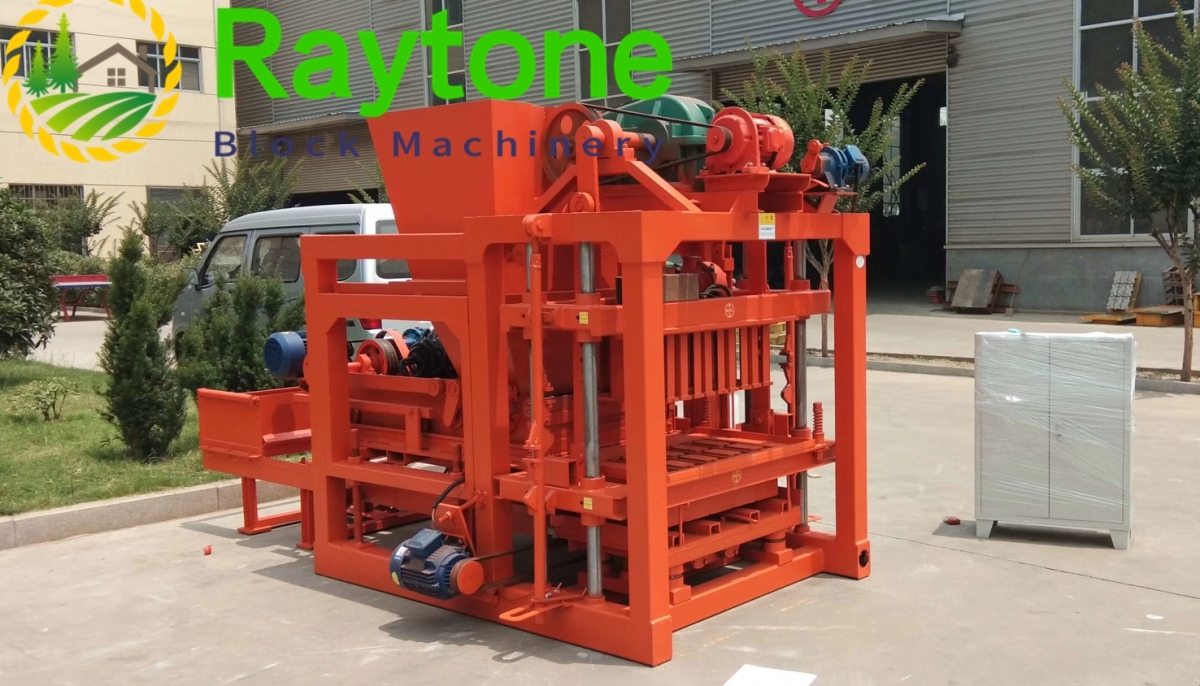
| Feeding Capacity | 692L | Discharging Capacity | 475L |
| Depth | 0.5m | Motor Power | 11kw |
| Overall Size | 1500L*1500W*1350H (mm) | Diameter | 1500mm |
| Reducer | 304 reducer/ truck rear axle gear | Weight |
800kg |
The Environmental Benefits of Block Machine Designs
compressed block machine FAQs Guide.
The Block machine is an innovative and advanced piece of equipment that is designed to streamline the process of creating high-quality concrete blocks. With its state-of-the-art technology and precise engineering, our Block machine offers superior performance and efficiency for any construction project. It is a versatile and reliable tool that can produce a wide range of block sizes and shapes, making it perfect for various applications, including residential and commercial buildings, road and sidewalk construction, and more. Combined with its durability and ease of use, our Block machine is the ideal solution for your block-making needs. Join the countless satisfied customers who have experienced the benefits of our Block machine and take your construction projects to the next level.
2.About compressed block machine R&D capabilities
3.How does a compressed block machine work?
4.What is the cost-effectiveness of using a compressed block machine?
5.Can a compressed block machine be used in combination with other building techniques?
6.About the development history of compressed block machine factory
7.What materials are commonly used in a compressed block machine?
8.Can a compressed block machine be operated manually or automatically?
9.Can a compressed block machine be easily repaired in case of breakdown?
10.What is the lifespan of a compressed block machine?
11.Are there safety precautions that need to be taken while operating a compressed block machine?
12.How does the cost of a compressed block machine compare to traditional building materials?
13.Can a compressed block machine be operated remotely?
14.About compressed block machine inventory
15.About compressed block machine production equipment
1.What is the expected return on investment for a compressed block machine?
The expected return on investment for a block machine can vary greatly depending on the type of machine, the size of the project, and the market conditions. Generally, block machines can have a return on investment of anywhere from 10-30%, with some machines having returns as high as 50%.
2.About compressed block machine R&D capabilities
Block machine R&D capabilities refer to the ability of a company to research, develop, and manufacture block machines. This includes the ability to design and develop new block machines, as well as the ability to modify existing block machines to meet customer needs. Companies with strong R&D capabilities are able to create innovative block machines that are more efficient, reliable, and cost-effective than those of their competitors. Additionally, companies with strong R&D capabilities are able to quickly respond to customer needs and develop new block machines to meet changing market demands.
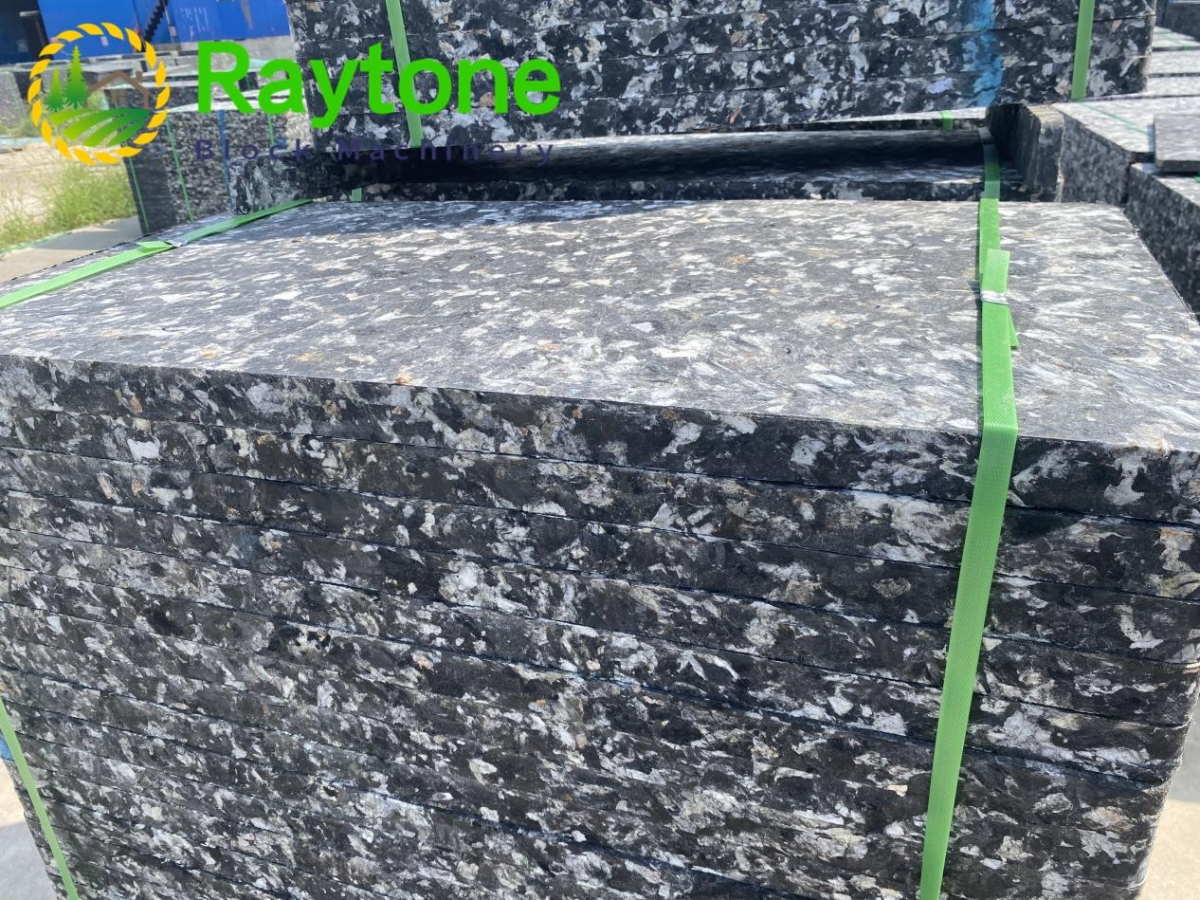
3.How does a compressed block machine work?
We continuously upgrade our skills and knowledge to adapt to changing compressed block machine market needs.
A block machine is a machine used to produce concrete blocks for use in construction projects. The machine works by using a combination of vibration, pressure, and heat to form the blocks. The blocks are formed in a mold, which is filled with a mixture of sand, cement, and water. The mold is then placed in the block machine, which vibrates and applies pressure to the mixture to form the blocks. The blocks are then removed from the mold and allowed to dry before being used in construction projects.
4.What is the cost-effectiveness of using a compressed block machine?
The cost-effectiveness of using a block machine depends on the type of block machine being used, the size of the project, and the amount of labor required. Generally, block machines are more cost-effective than traditional methods of block production, as they require less labor and can produce more blocks in a shorter amount of time. Additionally, block machines can produce blocks with a higher degree of accuracy and uniformity than traditional methods, which can result in a higher quality product.
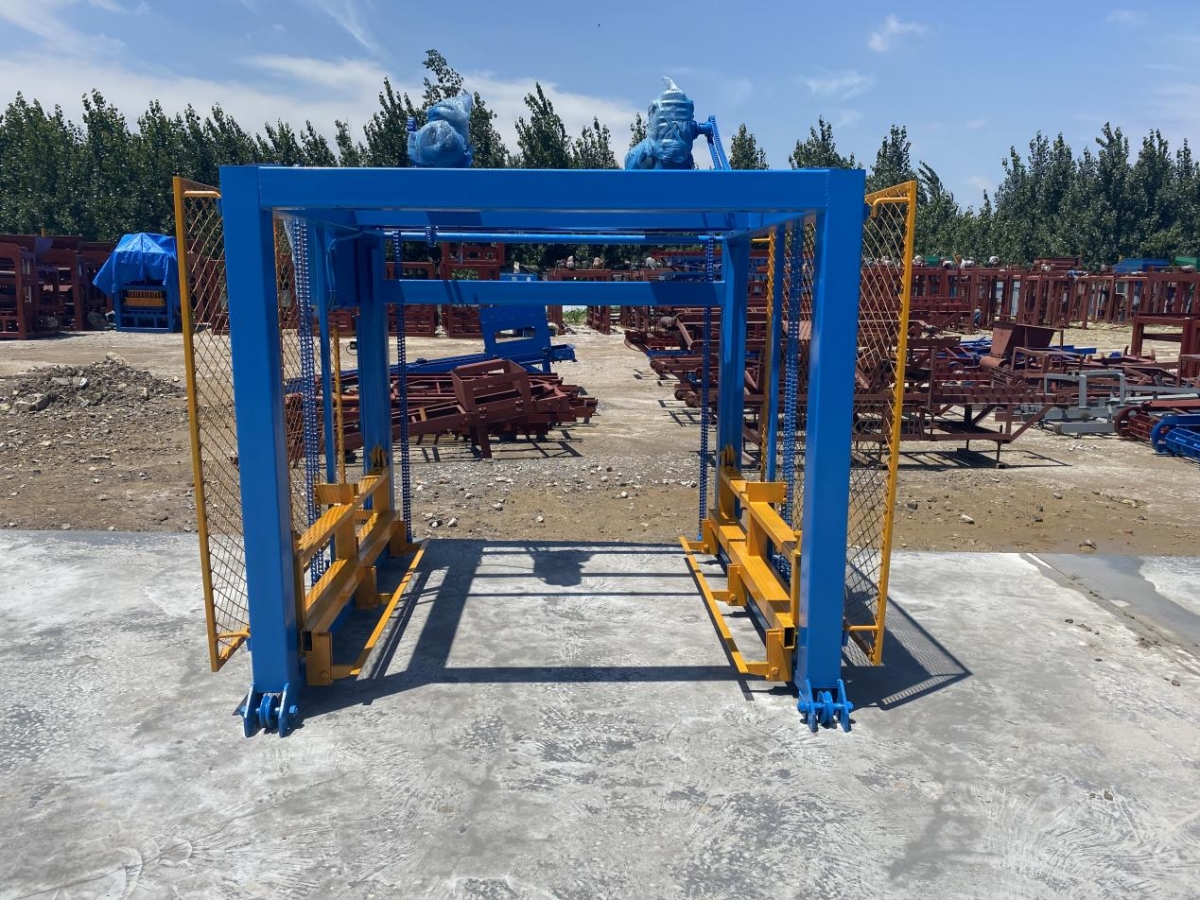
5.Can a compressed block machine be used in combination with other building techniques?
Yes, a block machine can be used in combination with other building techniques. For example, a block machine can be used to create the walls of a building, while other building techniques such as steel framing, masonry, and wood framing can be used to create the roof and other structural elements. Additionally, a block machine can be used to create decorative elements such as columns, arches, and other architectural features.
6.About the development history of compressed block machine factory
The development history of block machine factory can be traced back to the early 20th century. The first block machine was invented in the United States in 1905 by a man named Charles Pankow. This machine was used to make concrete blocks for construction projects. In the 1920s, the first automatic block machine was developed in Germany. This machine was able to produce blocks with a higher degree of accuracy and consistency than the manual machines.
In the 1950s, the first hydraulic block machine was developed in the United States. This machine was able to produce blocks with a higher degree of accuracy and consistency than the manual machines. In the 1960s, the first computer-controlled block machine was developed in the United States. This machine was able to produce blocks with a higher degree of accuracy and consistency than the manual machines.
In the 1970s, the first fully automated block machine was developed in the United States. This machine was able to produce blocks with a higher degree of accuracy and consistency than the manual machines. In the 1980s, the first robotic block machine was developed in the United States. This machine was able to produce blocks with a higher degree of accuracy and consistency than the manual machines.
Today, block machine factories are used to produce a wide variety of blocks for construction projects. They are used to produce blocks for residential, commercial, and industrial projects. Block machine factories are also used to produce blocks for landscaping projects.
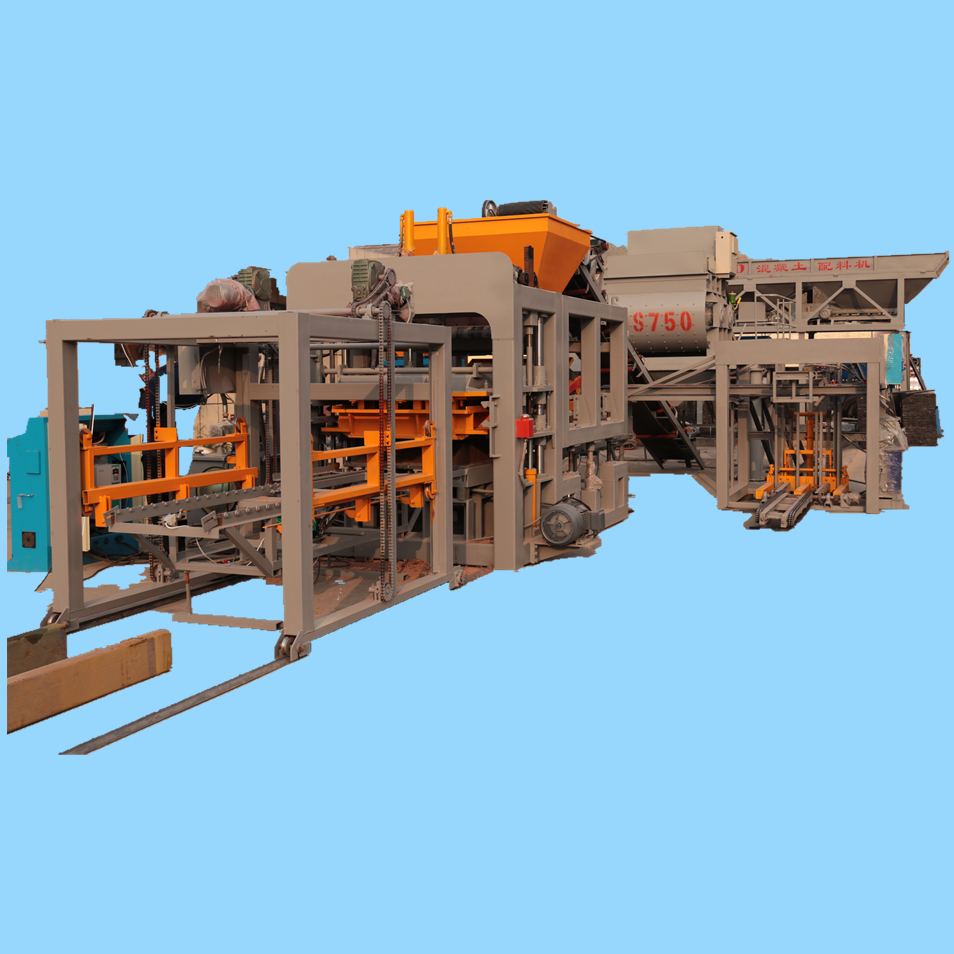
7.What materials are commonly used in a compressed block machine?
Our mission is to provide customers with the best solutions for compressed block machine.
Common materials used in block machines include concrete, sand, gravel, cement, and water. Depending on the type of block being made, other materials such as steel, plastic, and wood may also be used.
8.Can a compressed block machine be operated manually or automatically?
As one of the compressed block machine market leaders, we are known for innovation and reliability.
Yes, a block machine can be operated manually or automatically. Manual operation requires an operator to manually feed the material into the machine and manually remove the finished product. Automatic operation requires the machine to be programmed to automatically feed the material and remove the finished product.
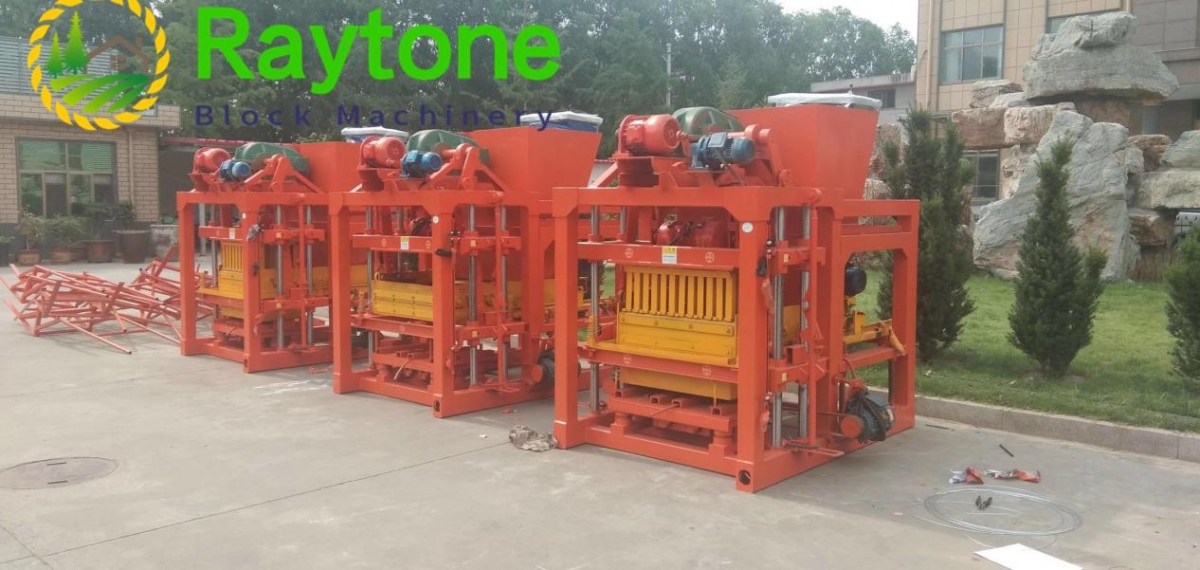
9.Can a compressed block machine be easily repaired in case of breakdown?
Yes, a block machine can be easily repaired in case of breakdown. Depending on the type of block machine, the repair process may involve replacing parts, cleaning and lubricating components, or adjusting settings. In some cases, a technician may need to be called in to diagnose and repair the machine.
10.What is the lifespan of a compressed block machine?
Our products & services cover a wide range of areas and meet the needs of different fields.
The lifespan of a block machine can vary depending on the type of machine and how it is used. Generally, block machines can last anywhere from 10 to 20 years with proper maintenance.
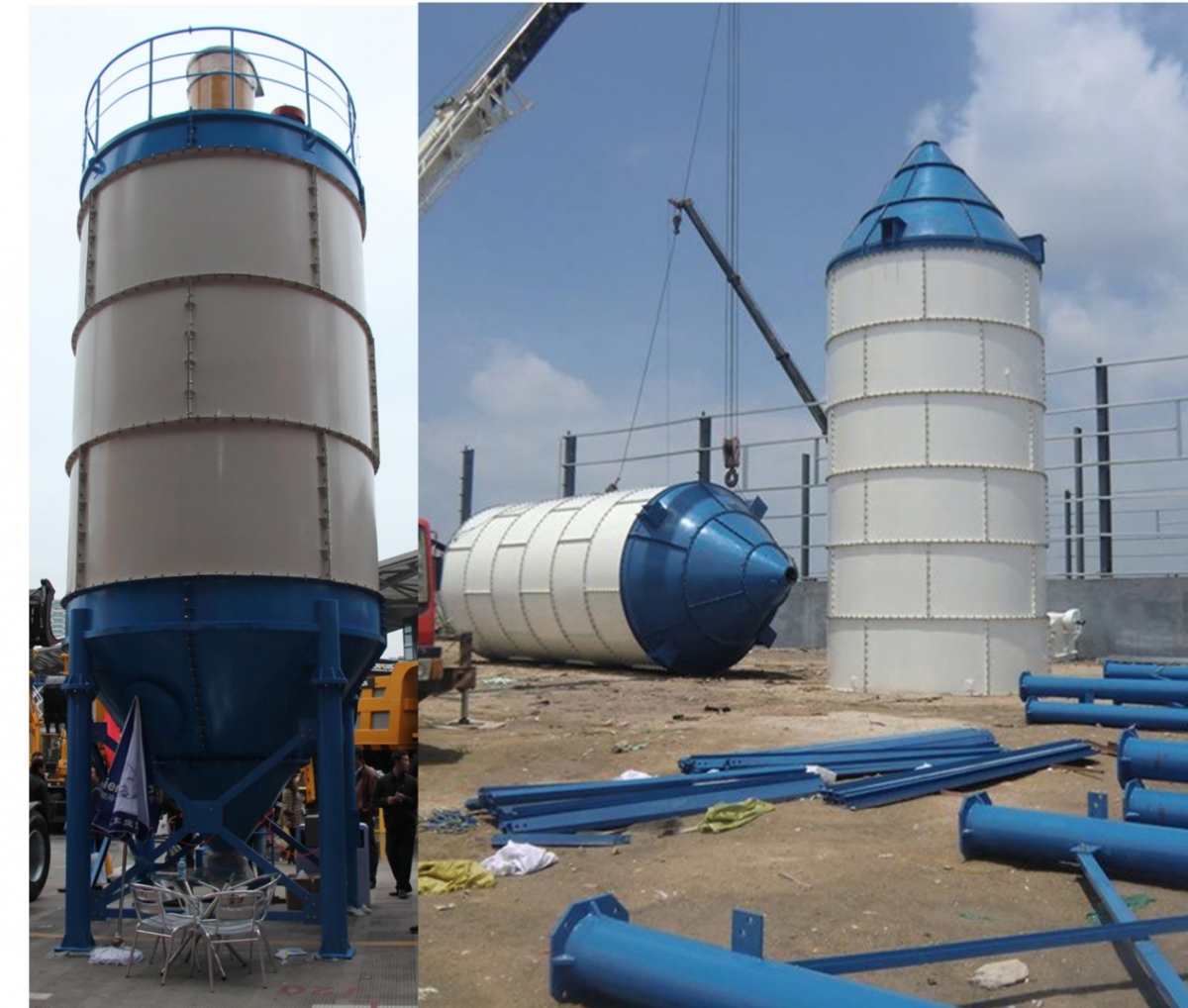
11.Are there safety precautions that need to be taken while operating a compressed block machine?
As one of the top compressed block machine manufacturers in China, we take this very seriously.
Yes, there are several safety precautions that should be taken when operating a block machine. These include:
1. Wear appropriate safety gear, such as safety glasses, gloves, and a hard hat.
2. Make sure the machine is properly grounded and that all electrical connections are secure.
3. Ensure that the machine is properly lubricated and that all moving parts are in good working order.
4. Keep the work area clean and free of debris.
5. Make sure that all guards and safety devices are in place and functioning properly.
6. Make sure that all operators are properly trained and familiar with the machine’s operation.
7. Make sure that all operators are aware of the potential hazards associated with the machine and take the necessary precautions to avoid them.
8. Make sure that all operators are aware of the emergency stop button and know how to use it in case of an emergency.
12.How does the cost of a compressed block machine compare to traditional building materials?
We focus on our customers’ needs and strive to meet their expectations, so we take this very seriously.
The cost of a block machine is typically much higher than traditional building materials. Block machines are typically used to produce large quantities of blocks, which can be expensive to purchase in bulk. Additionally, block machines require specialized equipment and expertise to operate, which can add to the cost.
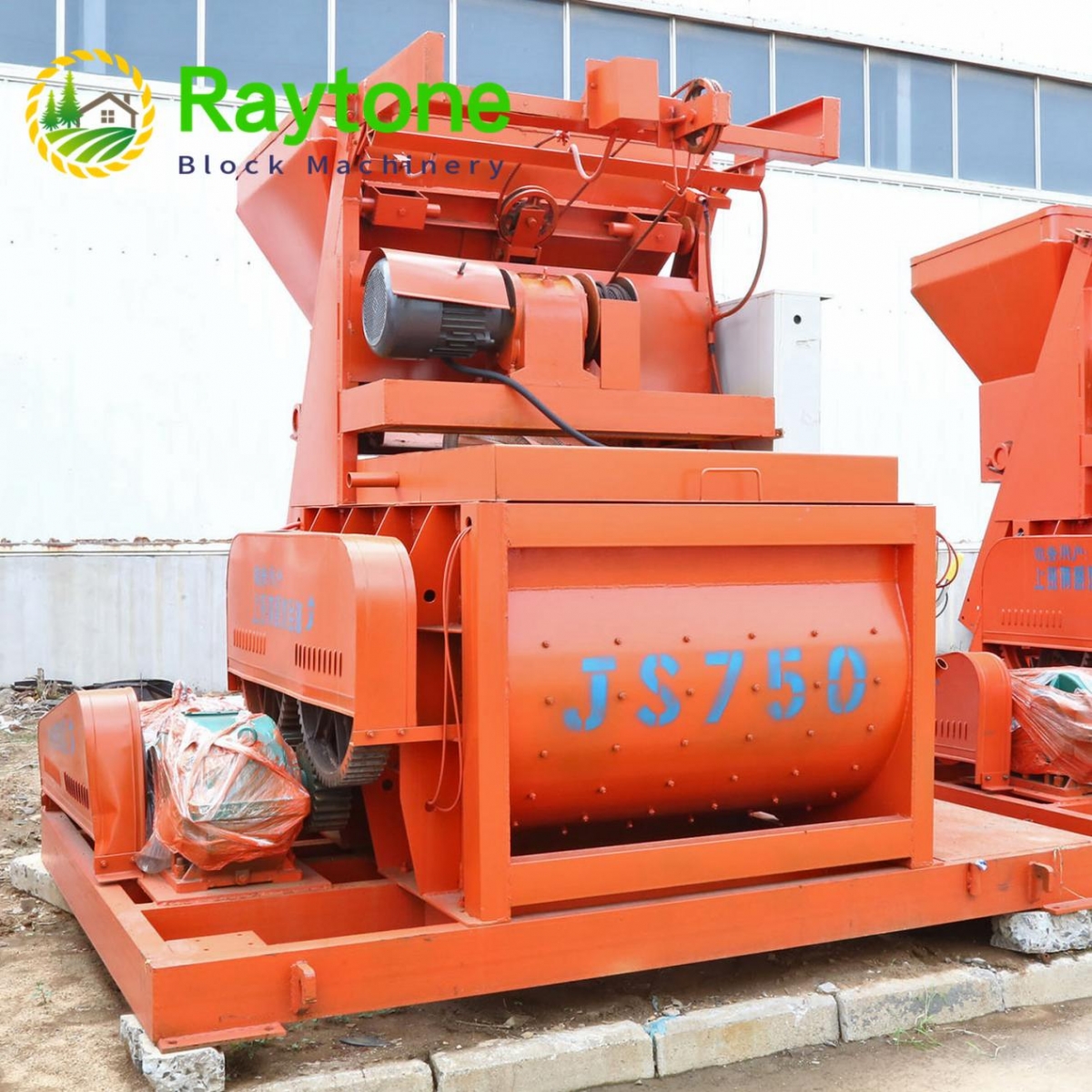
13.Can a compressed block machine be operated remotely?
Yes, some block machines can be operated remotely. This is usually done through a computer or mobile device, and the machine can be programmed to run automatically.
14.About compressed block machine inventory
Block machine inventory is a software system designed to help businesses manage their inventory of block machines. The system allows businesses to track the quantity of block machines in stock, the cost of each machine, and the location of each machine. The system also provides reports on the current inventory levels, the cost of each machine, and the location of each machine. Additionally, the system can be used to generate purchase orders and invoices for block machines.
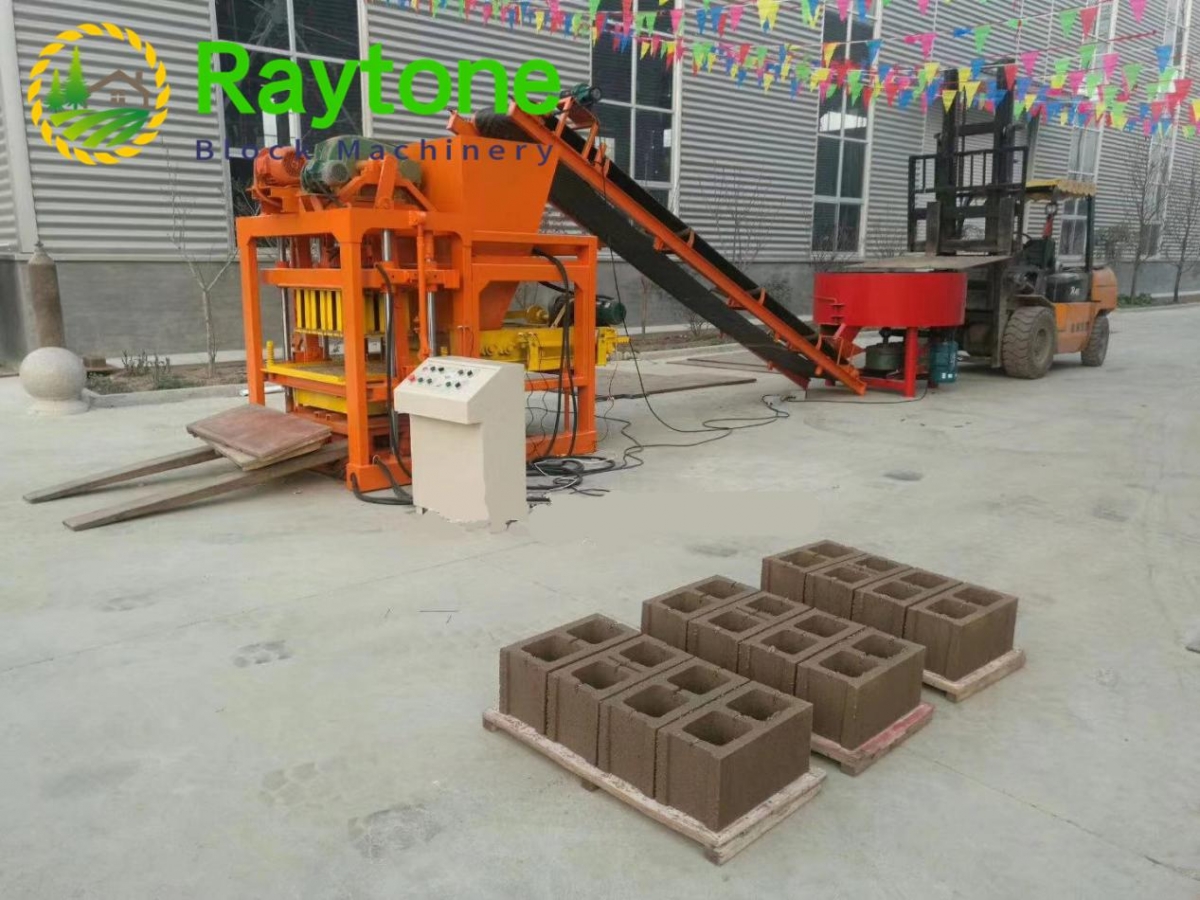
15.About compressed block machine production equipment
Block machine production equipment is used to produce concrete blocks, bricks, and other masonry products. This equipment typically includes a mixer, a block machine, a conveyor, and a curing chamber. The mixer is used to mix the concrete, while the block machine is used to form the blocks. The conveyor is used to move the blocks to the curing chamber, where they are cured and hardened. The equipment is typically powered by electricity or diesel fuel.
